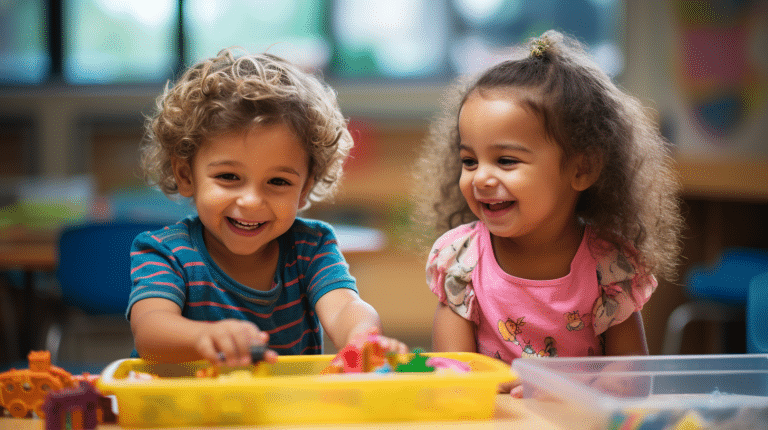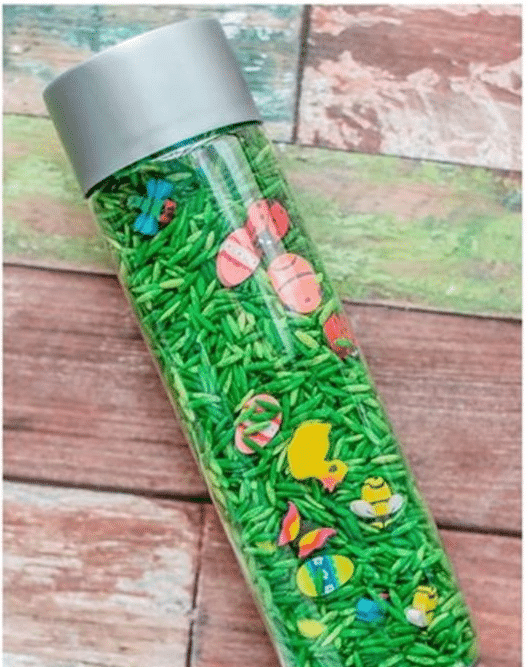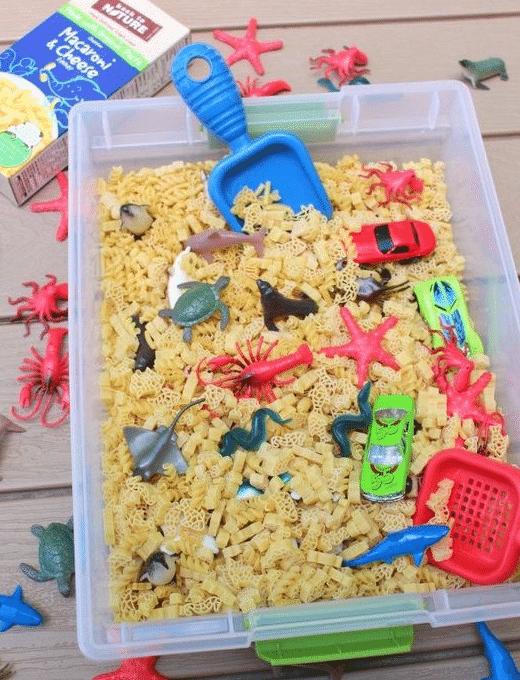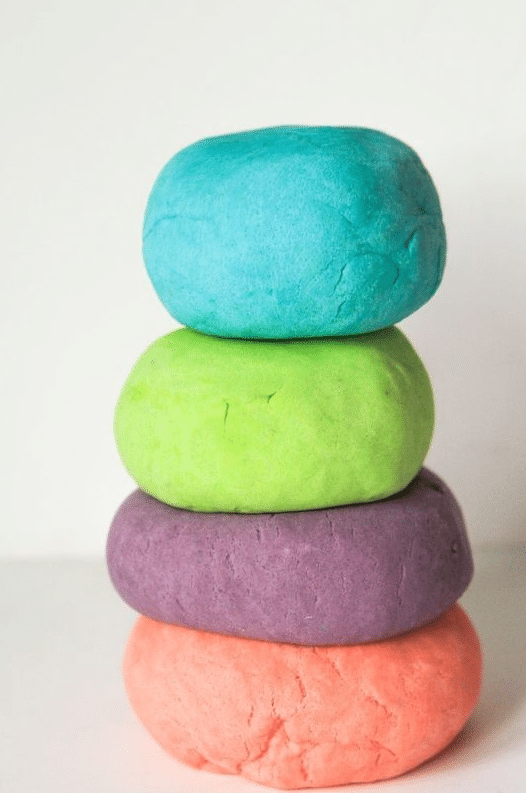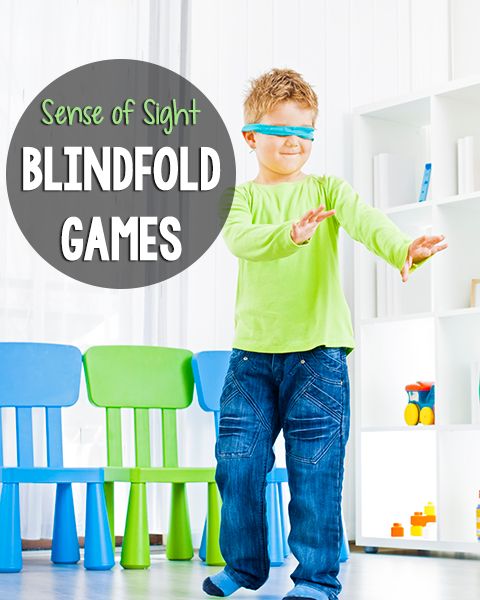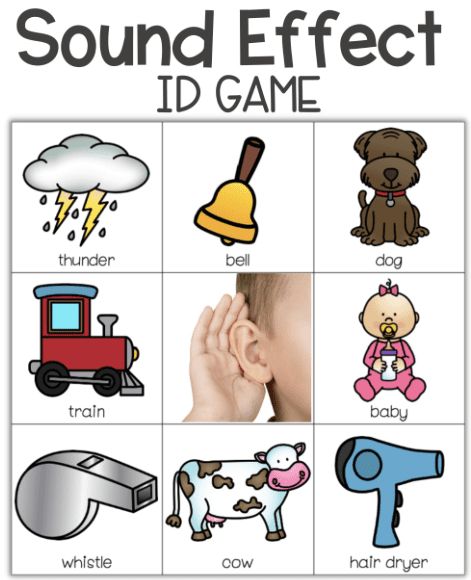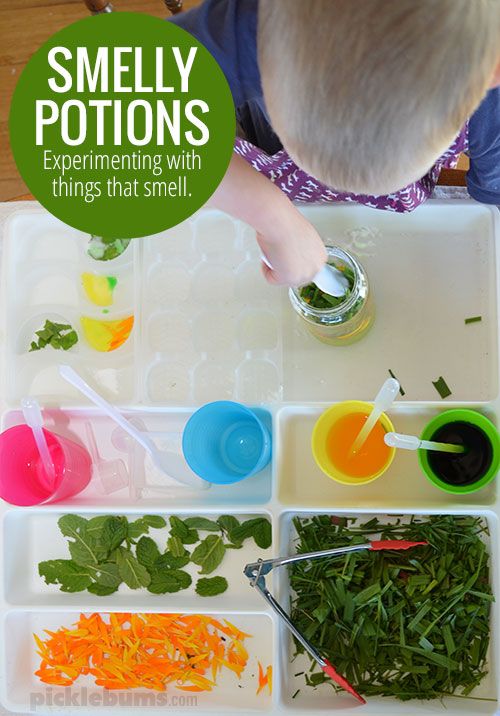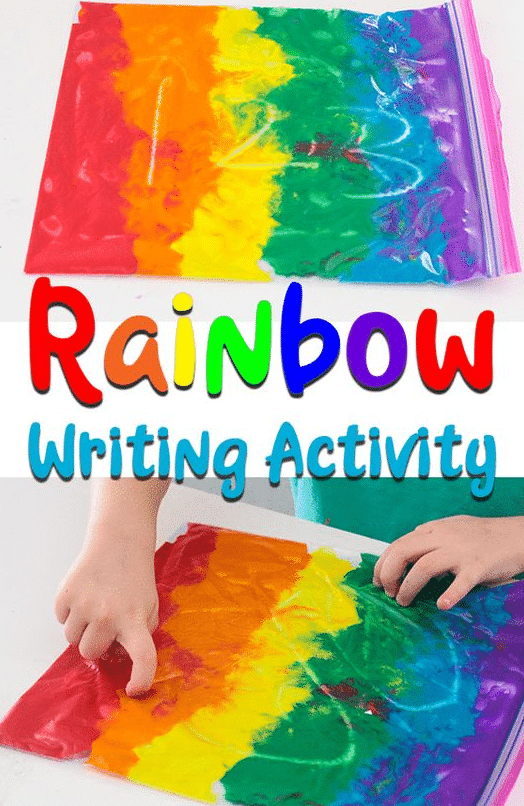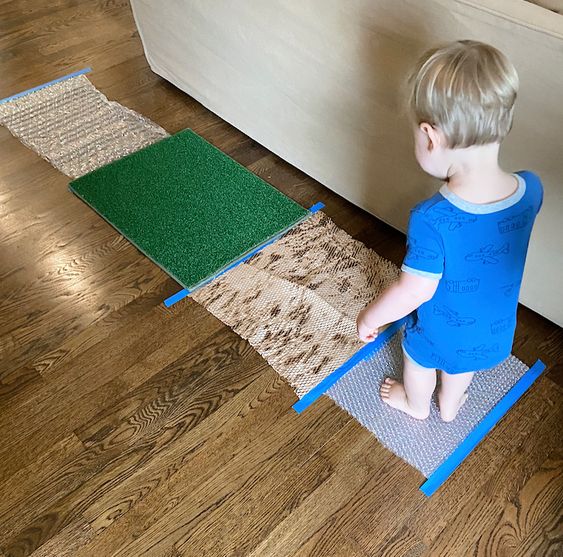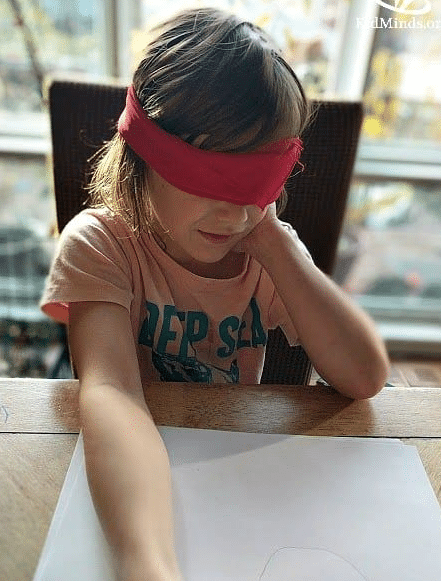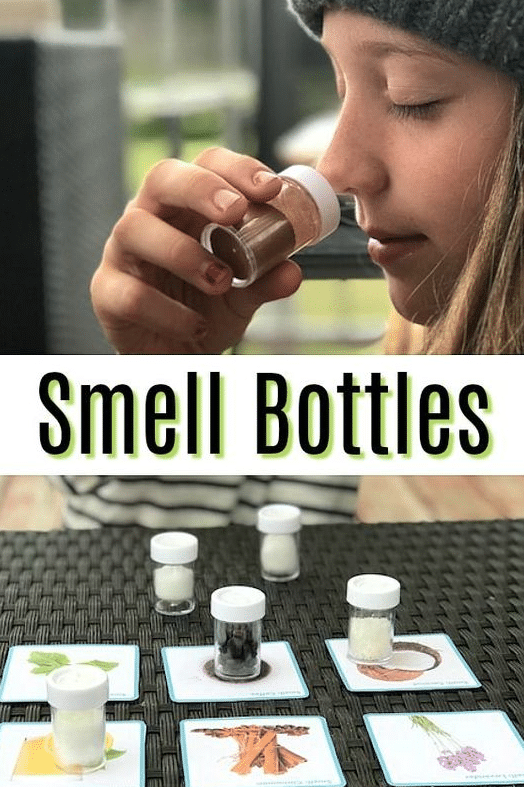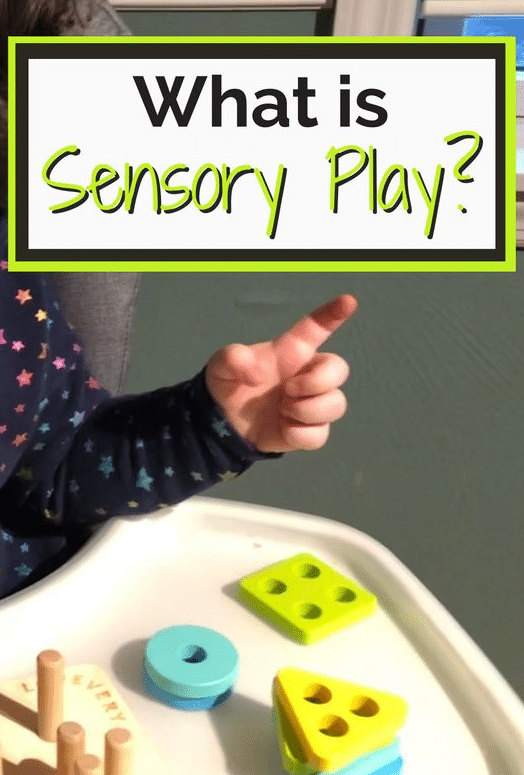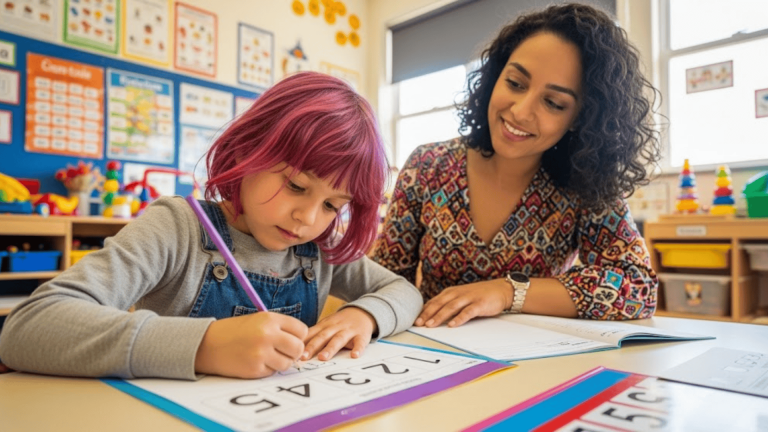Don’t you think you must be aware of the 5 senses as you perceive the world primarily through them? Well, those 5 senses are sight, taste, hearing, touch, and smell. These senses influence our experiences and comprehension of the environment, influencing everything from the vivid colors of a sunset to the soft rustling of leaves, the taste of our favorite meals, the texture we feel, and the smell that fills the air.
Exploration and stimulation of these senses are crucial for youngsters’ cognitive and sensory development. However, creativity, learning, and sensory integration development depend heavily on sensory activities that engage and excite these senses.
In this article, 10 engaging exercises are designed to stimulate and explore the 5 senses and take us on a sensory voyage. These sensory experiences open the door to a world of exploration and wonder.
So let the discovery of the senses begin.
Sensory Activities to Explore and Stimulate the 5 Senses
Let’s enter the world of sensory exploration, where we will interact with fascinating activities through guessing games. We will celebrate the beauty and importance of the 5 senses.
1. Auditory and Visual Stimulation Using Sensory Bottles
Making sensory bottles is a popular and simple sensory activity that may enthrall young and older adults. These bottles are packed with auditory and visual stimuli, such as multicolored beads, sequins, glitter, and rice or little bell. A captivating sensory experience is created as the bottles are spun or shaken. Sensory bottles not only improve hearing and seeing, but they also aid in concentration and relaxation.
2. Using Sensory Bins to Explore Textures
Sensory bins are a great technique to promote tactile play and stimulate the sense of touch. Give kids a jar filled with various objects, like rice, dry beans, sand, or water beads, and let them use their hands to feel the multiple textures. Make the play even more fascinating by including tiny toys or things concealed inside the sensory bin. In addition to encouraging imagination and creativity, sensory bins aid in the growth of children’s hand-eye coordination and fine motor abilities.
3. Aromatic Playdough to Stimulate Smell
When mixed with different scents, playdough is a flexible and age-appropriate sensory activity that awakens the sense of Smell (olfactory sense). Add essential oils or extracts with various scents, including lavender, lemon, or peppermint, to create scented playdough. Children will enjoy manipulating the playdough through touch and fragrance, making for a multimodal play session.
4. The Blindfolded Taste Exploration Game
By planning a blindfold taste test game, you can stimulate the sense of taste. Small samples of foods with various flavors, such as sweet, sour, salty, and bitter, should be prepared. The participants taste each piece while being blindfolded, attempting to identify the flavor purely by taste. Along with sharpening the sense of taste, this practice also fosters curiosity and observational skills.
5. Sound Guessing Activity to Develop Auditory Skills
An auditory guessing game can improve auditory discrimination. Collect a group of instruments or things that make various sounds, such as a bell, rattle, whistle, or tambourine. Participants can produce noise by utilizing one of the objects while wearing blindfolds. The players must identify the object using just the sound it makes. Participating in this activity can improve your hearing and develop an ear for different sounds.
6. Nature Walk to Investigate Smell, Touch, and Vision
A nature walk is a fantastic way to use all your senses simultaneously. Encourage kids to study the vivid colors of flowers and leaves, feel different textures like grass and tree bark, and inhale the revitalizing scents of nature as they explore the outdoors. Together, talk about the sounds, tastes, and smells to arouse the senses and promote a closer relationship with the environment.
7. Rainbow Sensory Writing for Touch and Sight
Rainbow sensory writing is a creative and engaging activity that appeals to both the senses of sight and touch. Add a thin layer of colored salt, sand, or flour on a shallow tray. Encourage kids to draw letters, numbers, or shapes with their fingers on the colorful surface to produce an eye-catching rainbow effect. This exercise makes learning enjoyable and multidimensional by fusing artistic expression with tactile interaction.
8. Auditory Exploration Through a Sensory Sound Walk
Visit a park or your neighborhood and go on a sensory sound walk. Listen closely to the sounds surrounding you as you walk, such as birds chirping or passing cars. Please take part in a discussion about the various sounds and their origins. This exercise promotes attentive listening and raises participants’ awareness of their surrounding audio.
9. Texture Drawing with Blindfolds for Touch and Imagination
Drawing textures while being blindfoldedincreases the sense of touch and fosters imagination. The volunteers should be blindfolded and given a variety of textured objects, such as sponges, bubble wrap, fabric scraps, or sandpaper. Ask children to explore the textures with their fingers before having them paint or draw what they see on paper. People can use their tactile experiences to inspire original artwork through this exercise.
10. Smell-Based Scented Sensory Guessing Game
Use various scents, such as those of spices, fruits, herbs, or flowers, to create a scented sensory guessing game. Place each smell inside a little container or a fabric pouch to hide the source. Participants should sniff each container while wearing blindfolds to identify the scent. This activity inspires Participants to discover the world of fragrances, which hones their olfactory senses.
These sensory activities explore the wonders of sensory experiences intended to pique interest, stimulate the imagination, and strengthen our bond with the sensory joys around us. Through these enlightening encounters, we will get a deeper grasp of the world’s sensory tapestry and the beautiful ways that our senses form our perception of the cosmos.
What are Sensory Activities?
The 5 senses of sight, hearing, taste, touch, and smell are stimulated and explored through sensory activities, which are interactive and exciting experiences. These pursuits allow people, especially young children, to engage with their surroundings, hone their sensory perception, and comprehend their surroundings. Various materials, textures, colors, sounds, tastes, and fragrances are used in sensory exercises to create multimodal experiences that pique interest.
There are many different kinds of sensory exercises, from simple play with textures like sand or water to more intricate games that test auditory discrimination or olfactory awareness. The key is promoting active sensory exploration, where people can engage in first-hand experiences while observing, investigating, and interpreting the world.
Additionally, sensory activities provide kids with a protected space to explore, learn, and express themselves. They urge kids to use all of their senses at once, enabling them to connect the dots holistically and develop a thorough comprehension of numerous ideas. For kids, sensory experiences can lead to a world of exploration and wonder, whether they involve eating new flavors, hearing new sounds, or splashing in water.
Sensory activities can help people with autism, sensory processing issues, and other sensory-related difficulties. To help these people navigate, one can respond to sensory cues in their surroundings; sensory exercises can be crucial for developing their sensory integration and regulation skills.
Why are Sensory Activities Important?
There are several reasons to explain why sensory activities are essential; let’s have a look at them:
1. Cognitive Advancements
Sensory Activities stimulate cognitive growth by involving the brain. People learn to think critically, solve problems creatively, and manage various sensory elements as they explore and play with them. Additionally, sensory play encourages imagination and improves memory.
2. Sensory Integration
Engaging in sensory activities can improve a person’s ability to integrate and process sensory data. It is crucial because it can help kids who struggle with sensory processing or who have sensory processing disorders (SPD) respond to sensory inputs more appropriately.
3. Fine and Gross Motor Abilities
Fine and gross motor abilities are developed using hands in many sensory tasks. Hand muscles and hand-eye coordination are strengthened while using sensory bins to pour, scoop, and manipulate things. Movement-based exercises like dancing or sensory walks can also help develop gross motor abilities.
4. Language Development
Through observation, conversation, and communication, sensory activities offer chances for language development. Children can increase their vocabulary by learning new words to describe textures, colors, smells, and tastes as they interact with various sensory objects and experiences.
5. Social Interaction
Individual or group participation in sensory activities can promote social interaction and cooperative play. It can improve collaboration, empathy, and communication skills to share sensory experiences with others.
6. Emotional Control
People of all ages can find relaxation and comfort through sensory play. Lowering tension and anxiety can help people unwind and find comfort in sensory experiences. Activities that involve the senses can give kids a secure way to express their emotions.
7. Cultural Awareness
Sensory experiences that entail experimenting with various tastes, smells, and textures can expose people to different cultural backgrounds. It can encourage global understanding, respect for many customs, and cultural awareness.
8. Parent-Child Bonding
Sensory activities offer parents and other caregivers fantastic chances to interact with their children profoundly and enjoyably. Engaging in sensory play enhances parent-child ties and forges enduring memories.
9. Inclusive Learning
Sensory Activities can be modified to accommodate people with different needs and abilities, making them inclusive and available to everyone.
Sensory Activities are potent instruments that enhance social, emotional, and cognitive development. They go beyond simple playtime. Sensory exercises foster imagination, curiosity, and holistic development by involving all 5 senses in imagination and stimulating situations. These activities give people of all ages a greater understanding of the world’s sensory wonders and valuable abilities beyond the senses.
Additional Tips for Complementing Sensory Activities
Let’s look at additional tips complimenting sensory activities and maximizing their advantages.
1. Safety Is the First Priority
While engaging in sensory exercises can be enjoyable and helpful, safety should always come first. Please ensure the items are safe for children and appropriate for their age. To avoid mishaps or small object ingestion, always watch young toddlers when they are engaging in sensory Play.
2. Always Observe and Follow Your Interest
During sensory activities, pay attention to what the participants find interesting. Some people could have strong preferences for specific sounds, smells, or sensations. To maintain a high level of involvement, customize upcoming activities to reflect their interests.
3. Set Up Sensory Stations
Setting up sensory stations to keep items arranged and accessible, designate particular spaces or stations for sensory exercises. It promotes independent Play and lets participants return to their favorite activities to have designated areas for sensory exploration.
4. Try To Embrace Messy Play
Messy Play can result from sensory activities, and that’s fine! Accept the mess, and think about utilizing washable materials or holding activities outside for a more straightforward cleanup.
5. Combine Scenes
To generate a richer experience, combine several senses in a single action. Include sight (observing colors), smell (the aroma of the components), touch (mixing and kneading), and taste (tasting the finished result), for instance, when engaging in a cooking activity.
6. Utilize Reception Activities
Repeat sensory activities as necessary. Each time an action is repeated, people may pick up new information or make new connections in their brains and senses.
7. Adapt for All Ages
From infants to the elderly, sensory exercises can benefit people of all ages. Match the activities’ difficulty to the participant’s age and development stage.
8. Outdoor Sensory Play
Playing with your senses outside lets you discover the sensual delights of nature. Exploring diverse textures in the surroundings, going on nature walks, and creating outdoor art with natural materials can all be very enriching.
9. Try Activities Based on Themes
Plan sensory activities based on themes like seasons, occasions, or beloved novels. Themed exercises spice things up and give the sensory impressions context.
10. Appreciate the Entire Process
Always remember that sensory activities are about the entire process, not just the outcome. Instead of concentrating on a specific result, focus on the delight and involvement participants feel throughout the sensory play.
11. Encourage the Sensory Language
Encourage participants to use descriptive language to describe their sensory experiences. To encourage the use of sensory vocabulary, ask questions like “How does it feel?” and “What does it smell like?”
You may make exciting and educational experiences that spark curiosity, promote learning, and appreciate the wonders of the 5 senses by including these extra tips in sensory activities. Sensory inquiry and holistic development can be accessed through amusing textures, beautiful fragrances, fascinating images, or peaceful tones.
Conclusion
All in all, sensory exercises are essential tools that assist cognitive, emotional, and social development in people of all ages. They are not just for children. Sensory exercises foster imagination, curiosity, and holistic development by involving all 5 senses in imaginative and stimulating situations. Through these exercises, people can better understand the world’s sensory marvels and valuable abilities beyond the senses.
We learned the wonder of sensory bottles, the draw of textured sensory bins, the delightful scents of playdough, the excitement of blindfolded taste tests, and the sharpness of aural abilities in guessing games as we explored the ten engaging sensory activities.
Let’s cherish each moment as we absorb the sensory joys all around us, appreciating the beauty and complexity of the world.
Frequently Asked Questions
Are Sensory Exercises Appropriate for People of All Ages?
Yes, sensory activities may be modified to suit people of all ages, from young to older adults. Exploring textures and fundamental sensory experiences may be the focus of sensory activities for infants and toddlers. Adults and other kids can participate in increasingly tricky activities that improve their cognitive and sensory abilities.
Can Those Who Have Trouble Processing Sensory Information Benefit from Sensory Activities?
Absolutely! Sensory activities significantly help people with sensory processing disorders (SPD) or impairments. These activities can aid people in controlling their sensory reactions, enhancing their sensory integration, and increasing their tolerance for various sensory stimuli.
Which Substances Are Secure for Sensory Activities?
Consider choosing nontoxic and age-appropriate objects when selecting supplies for sensory exercises. Water beads, rice, sand, edible playdough, smooth stones, fabric scraps, and kid-friendly art supplies are typical safe materials. To protect children’s safety when engaging in sensory play, always watch over them.
How Might Sensory Activities Be Included in a Learning Environment?
Sensory exercises can be easily included in educational settings to improve learning opportunities. To promote multimodal learning, educators might integrate sensory bins for hands-on exploration, utilize scented materials during storytelling sessions, set up sound guessing games to improve auditory skills and take students on nature walks.
Do Therapeutic Benefits from Sensory Activities Exist?
Yes, sensory activities are frequently used with sensory treatment to address various sensory and development issues. According to occupational therapists, individuals’ sensory processing abilities, fine motor skills, attention, and emotional control can be necessary through sensory activities.

